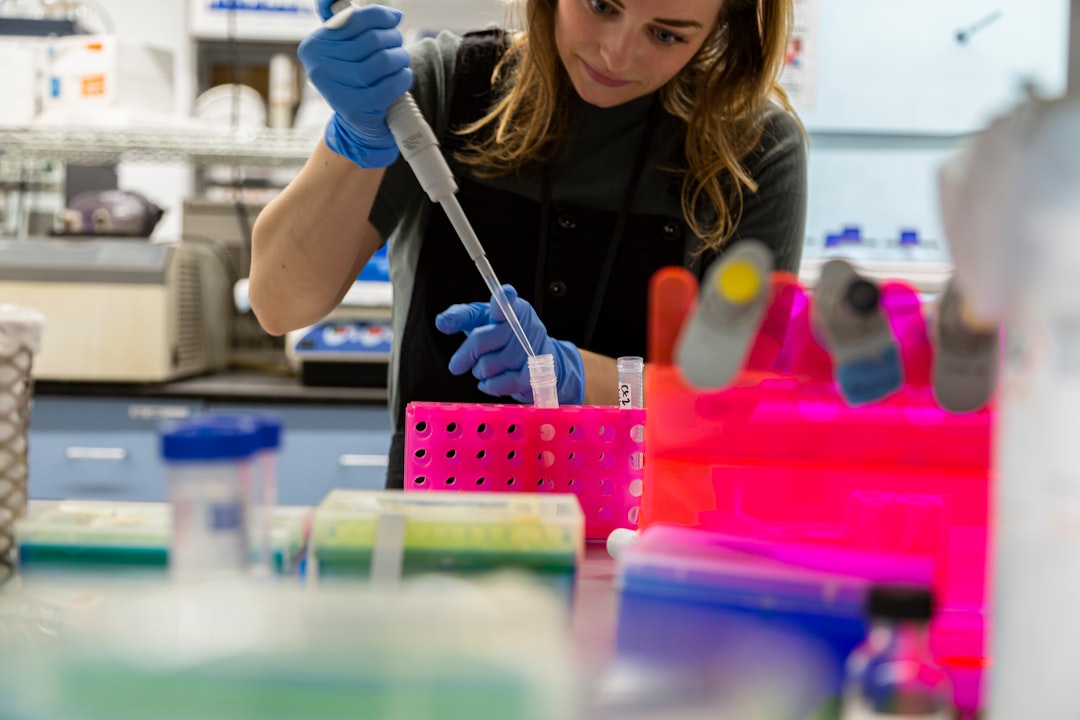How NASA Missions Advanced Space Exploration

Introduction
NASA, the United States' space agency, has been at the forefront of space exploration since its establishment in 1958. Over the decades, NASA has launched numerous missions that have not only expanded our knowledge of the universe but also driven technological and scientific advancements. This article delves into some of the most transformative NASA missions that have left a lasting impact on space exploration.
Key Points
- Apollo Program: The Apollo missions, particularly Apollo 11, marked humanity's first steps on the Moon, demonstrating the feasibility of manned lunar exploration.
- Hubble Space Telescope: Launched in 1990, the Hubble has provided unprecedented views of the universe, leading to numerous astronomical discoveries.
- Mars Rover Missions: Rovers like Spirit, Opportunity, and Curiosity have explored the Martian surface, providing insights into the planet's geology and potential for past life.
- Voyager Probes: Launched in 1977, Voyager 1 and 2 have explored the outer planets and are now providing data from interstellar space.
- International Space Station (ISS): A collaborative effort with other space agencies, the ISS serves as a microgravity laboratory for scientific research and international cooperation.
- James Webb Space Telescope: Set to succeed Hubble, this telescope aims to explore the universe's earliest galaxies and study exoplanets in detail.
Framework
NASA's missions are structured around specific goals, such as planetary exploration, human spaceflight, and astronomical observation. Each mission is meticulously planned, often involving international collaboration, and is designed to answer fundamental scientific questions. The agency follows a rigorous process of proposal, development, testing, and execution to ensure mission success. These missions are supported by a robust framework of research, technology development, and public engagement.
Checklist
- Identify mission objectives and scientific goals.
- Develop mission design and engineering plans.
- Secure funding and international partnerships.
- Conduct extensive testing and simulations.
- Launch and monitor mission progress.
- Collect and analyze data from the mission.
- Publish findings and share with the scientific community.
- Engage the public through educational outreach.
- Evaluate mission outcomes and lessons learned.
- Plan for future missions based on findings.
US Examples & Data
- Apollo 11: On July 20, 1969, Neil Armstrong and Buzz Aldrin became the first humans to walk on the Moon, a milestone watched by millions worldwide.
- Hubble Space Telescope: Over 30 years, Hubble has made over 1.5 million observations, contributing to more than 18,000 scientific papers.
- Mars Rovers: The Opportunity rover operated for nearly 15 years, far exceeding its expected 90-day mission, and traveled over 28 miles on Mars.
- Voyager Probes: Voyager 1 is the farthest human-made object from Earth, currently over 14 billion miles away.
- International Space Station: Since 2000, the ISS has hosted over 240 astronauts from 19 countries, conducting thousands of experiments in microgravity.
Why It Matters
NASA's missions have fundamentally changed our understanding of the cosmos and our place within it. They have provided insights into the origins of the universe, the potential for life on other planets, and the dynamics of our solar system. These missions have also driven technological innovations, from satellite communications to materials science, with applications that benefit life on Earth. Furthermore, NASA's work inspires future generations to pursue careers in science, technology, engineering, and mathematics (STEM).
Sources
- NASA - Apollo Program
- NASA - Hubble Space Telescope
- NASA - Mars Exploration Program
- NASA - Voyager
- NASA - International Space Station
Related Topics
- The Future of Space Exploration
- The Role of Private Companies in Space Missions
- Technological Innovations from Space Research
- The Search for Extraterrestrial Life
- The Impact of Space Exploration on Global Cooperation
Up Next





